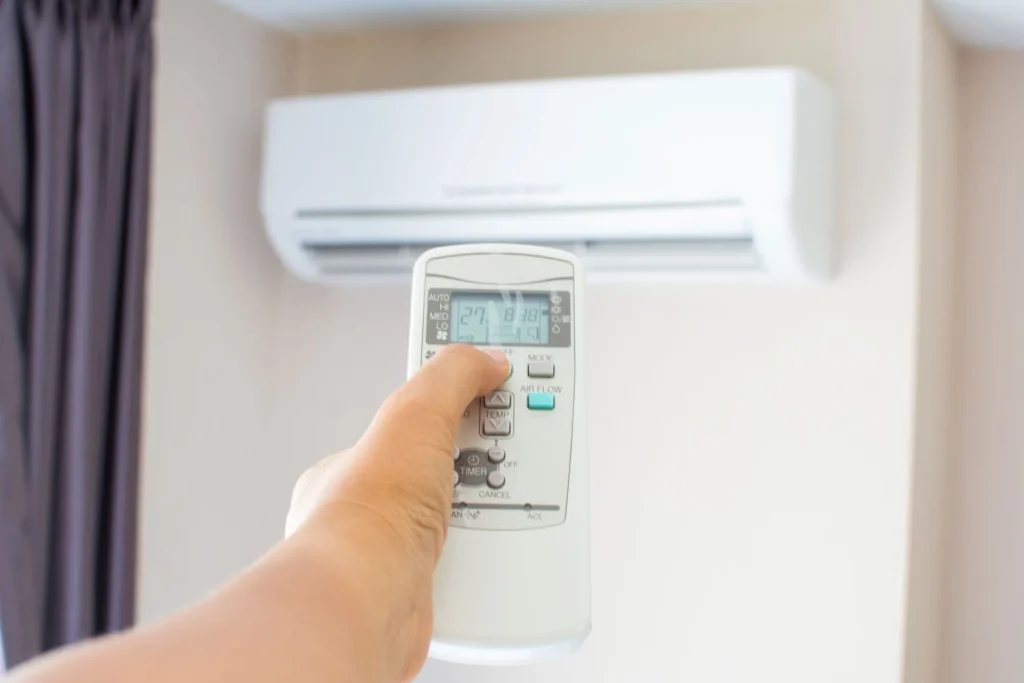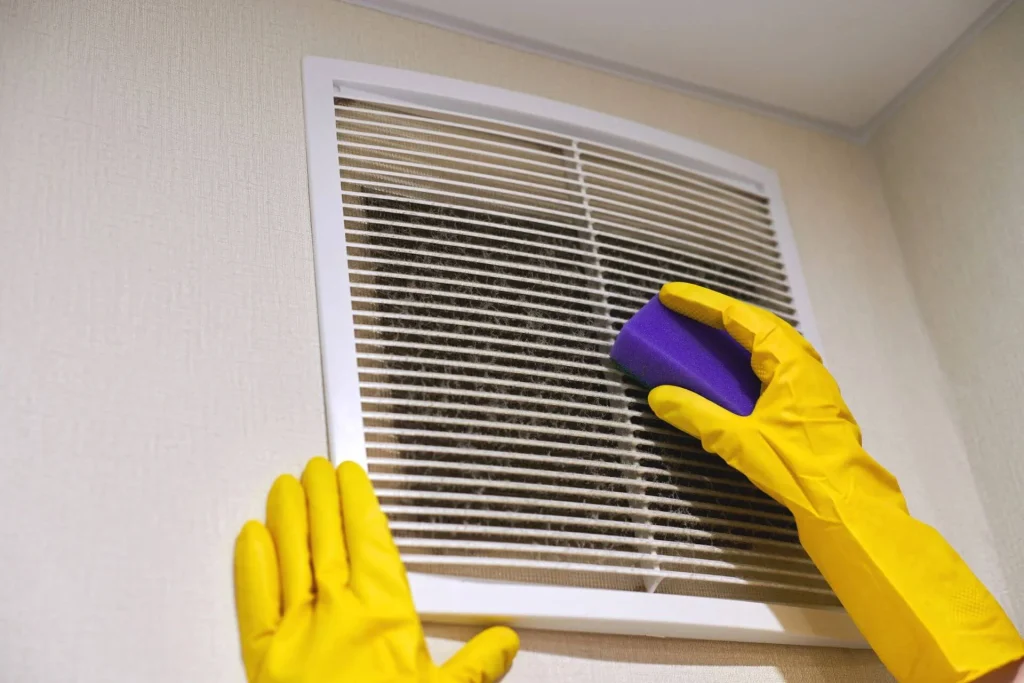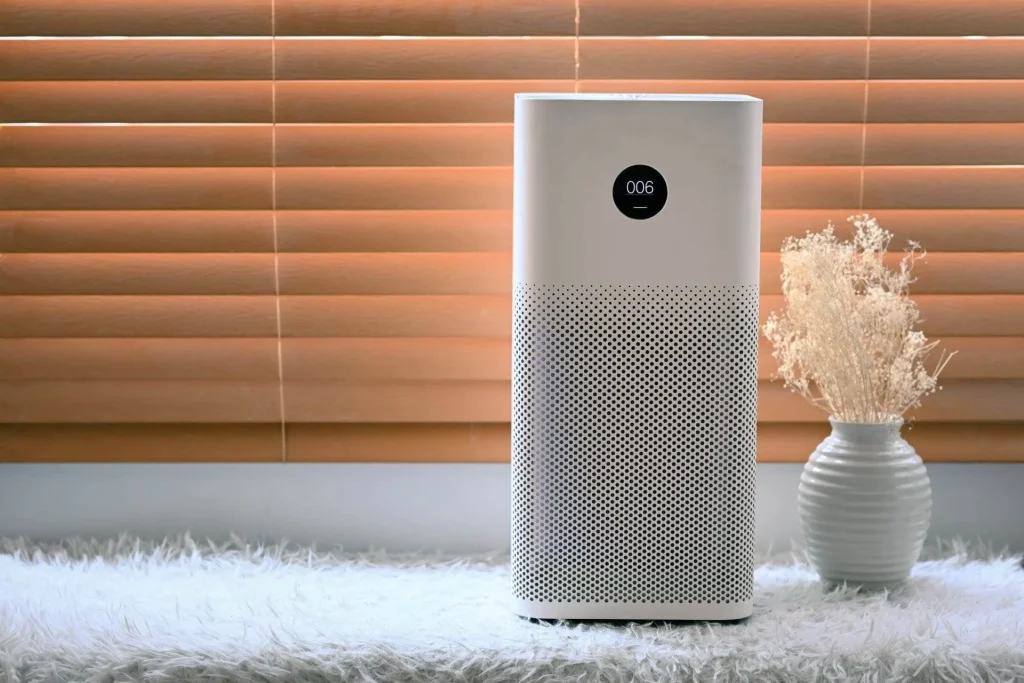Your houses in the Philippines are typically the place where you rest and sleep. This means that many of your hours are spent in the spaces of your house. Thus, it can be concluded that the air quality of your house is impactful on your health since you spend so many hours in your home.
In the possibility that your house has poor indoor air quality, you are likely to experience respiratory problems, eye irritation, and difficulties in breathing when staying in your house. In this case, it is important to understand how to improve the air quality and indoor environment of your home.
What Is Indoor Air Quality?
There is a term used in ventilation called Indoor Air Quality (IAQ) whose definition can be inferred from the name itself. Simply put, it refers to the air quality in the spaces of a structure, building, or house. Indoor air quality can be assessed by professionals to give a quantitative evaluation of the condition of air quality in your home.
Although, you can typically have an idea if your house has good indoor air quality if you experience respiratory problems like allergies and asthma frequently inside your house compared to anywhere else. If this is the case, it is possible that the indoor air quality of your house needs improvement.

Significance of Proactive Indoor Air Quality Maintenance
Healthy indoor air is ideal to maintain in the spaces of your house because it prevents potential causes for respiratory problems, fatigue, asthma, difficulties in breathing, and eye irritation. Achieving healthy indoor air quality requires proactive action, wherein you take matters into your own hands by doing tasks that improve the indoor air quality of your house even when no significant issues regarding indoor air quality is present.
Applications of proactive maintenance
One way of doing proactive maintenance of indoor air quality is by having the air ducts in your house regularly cleaned. Air ducts are susceptible to allergens and irritants like pollen, dust, and dirt to build up and spread around your house. If your air ducts are regularly cleaned, you are making sure that irritants and allergens are not scattered all over your house rooms when the aircon is turned on.
Furthermore, consider having regular tune-ups of your HVAC systems in your houses in the Philippines. HVAC stands for Heating, Ventilation, and Air Conditioning; and a tune-up means that the systems that have just been mentioned are assessed and adjusted so that they are maintained to be efficient. Having regular tune-ups of your HVAC system ensures that none of your HVAC systems are carrying indoor air pollutants.
Generally, indoor air pollutants depend on how clean your air ducts and HVAC systems are. This is because these are usually the systems continually used at home that keep air circulation moving in the house.

Consider the services of air quality professionals
In addition, an action you can take to further improve indoor air quality is by having professionals from an air quality business assess the indoor air quality of your house. Their assessments could inform you of any indoor air pollution and indoor air pollutants in your houses in the Philippines that you are not aware of.
With the help of professionals that specialize in assessing and improving indoor air quality, you would be giving yourself an advantage to know how to target what indoor air quality problems are present in your house. You will also be able to more likely to identify indoor air sources of pollutants in your home.
Relevance of Biophilic Design
Biophilic design is a design concept that strives to create a “healthy building” in the sense that the inhabitants in the spaces of the said building are subjected to good quality air achieved through materials and design derived from the natural environment. There are various approaches that can be taken in regard to this design concept. However, the common denominator between all the approaches under biophilic design is that human well-being and sustainability are prioritized.
Examples of biophilic design approaches
An example of an approach involves having two windows on two separate walls in the same space so that outdoor air flows in from one side and flows out of the other side. This creates natural ventilation that allows for pollutants and irritants to leave the space instead of staying inside. Having outdoor air coming indoors could continuously remove indoor air pollutants and resolve the issue of having too little outdoor air that is fresh.

The use of plants is also popular when it comes to biophilic design. Integrating a few plants into the space, perhaps as a garden wall or a potted plant, could add a touch of the natural environment to the space.
Biophilic design and air filtration
Air filtration is a significant part of biophilic design. This is observed in its approaches involving natural ventilation and the integration of plants within the spaces of a building.
There are various methods of implementing air filtration systems. One example is to prioritize the efficiency and maintenance of air conditioning filter systems, especially since air conditioners are a primary factor when it comes to the air circulation of rooms in modern times. Furthermore, having good air quality monitors that are certified can be considered as well.
You will be able to continually receive data on the indoor air quality of the spaces in your house this way, and you will have an idea if an HVAC and air duct cleaning is overdue or not. Exposure to indoor air that is overwhelmed with irritants and allergens will be prevented earlier this way.

The benefits of using natural materials
The biophilic design strives for maintaining good human well-being by striving for “healthy spaces” that implement approaches derived from the natural environment. Because of this, biophilic design also involves the use of materials that are natural, instead of being toxic to the inhabitants of a building.
Given this, it is significant to watch out for several materials that could worsen your indoor air quality. One of these materials is formaldehyde, which can be found on finished wood furniture. Volatile Organic Compounds or VOCs are found in many products in a house, particularly surface finishes.
A good approach to removing the build-up of harmful chemicals in your house is to make sure your filtration and HVAC systems always receive regular tune-ups. A better approach would be to opt to use products that use natural materials instead, like bamboo, cork, linen, and any other bio-material.
Read more: House Ventilation: Tips for Better Indoor Air Quality


